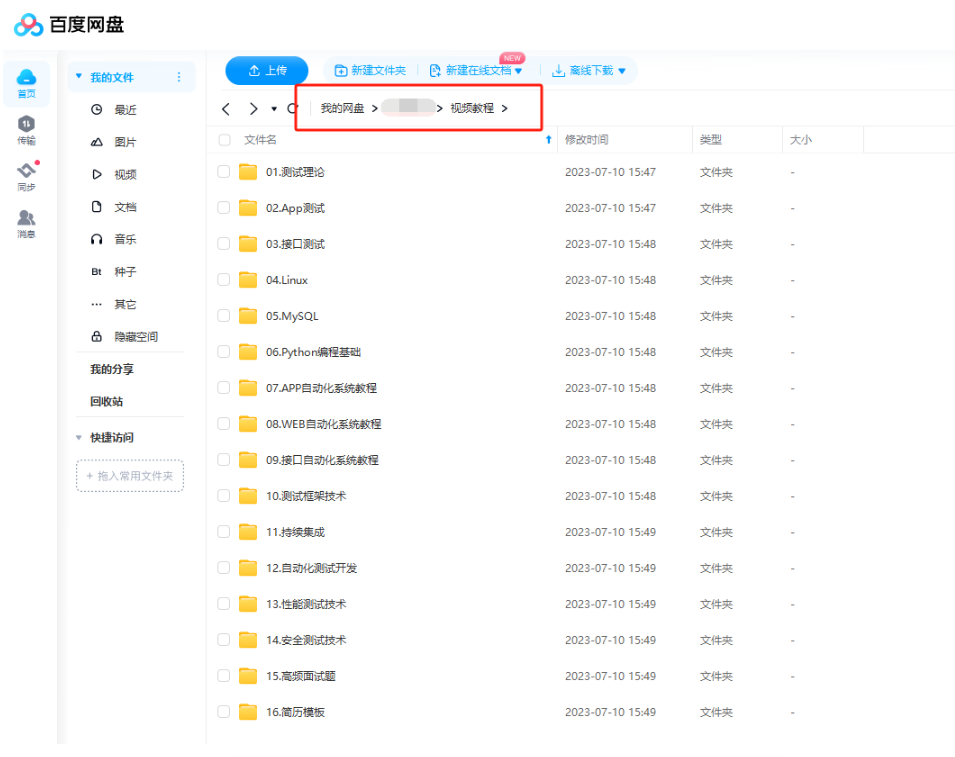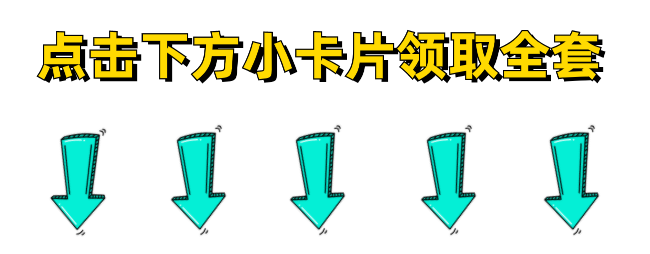本篇需要完成以下目标。
- 1)重构Get方法
- 2)如何进行JSON解析
- 3)使用TestNG方法进行测试断言
1.重构Get方法
在前面文章,说过,之前写的Get方法比较繁琐,不光写了如何进行Get请求,还写了获取http响应状态码和JSON转换。现在我们需要抽取出来,设计Get请求方法,就只干一件事情,那就是如何发送get请求,其他的不要管。
我们知道,请求之后会返回一个HTTP的响应对象,所以,我们把get方法的返回值类型改成了响应对象,并带上返回语句,重构代码之后,get方法代码如下。
| 1 2 3 4 5 6 7 8 9 10 11 12 13 14 15 16 17 18 19 |
|
由于我们不想在代码里写死例如像HTTP响应状态码200这样的硬编码,所以,这里我们在TestBase.java里把状态码给用常量写出来,方便每一个TestNG测试用例去调用去断言。
| 1 2 3 4 5 6 7 8 9 10 11 12 13 14 15 16 17 18 19 20 21 22 23 24 25 |
|
现在我们的测试类代码修改之后如下。
| 1 2 3 4 5 6 7 8 9 10 11 12 13 14 15 16 17 18 19 20 21 22 23 24 25 26 27 28 29 30 |
|
测试运行通过,没毛病。
2.写一个JSON解析的工具类
在上面部分,我们只是写了执行Get请求和状态码是否200的断言。接下来,我们需要写有一个JSON解析工具类,这样就方便我们去json内容的断言。
下面这个JSON数据截图

上面是一个标准的json的响应内容截图,第一个红圈”per_page”是一个json对象,我们可以根据”per_page”来找到对应值是3,而第二个红圈“data”是一个JSON数组,而不是对象,不能直接去拿到里面值,需要遍历数组。
下面,我们写一个JSON解析的工具方法类,如果是像第一个红圈的JSON对象,我们直接返回对应的值,如果是需要解析类似data数组里面的json对象的值,这里我们构造方法默认解析数组第一个元素的内容。
在src/main/java下新建一个包:com.qa.util,然后在新包下创建一个TestUtil.java类。
| 1 2 3 4 5 6 7 8 9 10 11 12 13 14 15 16 17 18 19 20 21 22 23 24 25 26 27 |
|
简单解释下上面的代码,主要是查询两种json对象的的值,第一种最简单的,这个json对象在整个json串的第一层,例如上面截图中的per_page,这个per_page就是通过jpath这个参数传入,返回的结果就是3. 第二种jpath的查询,例如我想查询data下第一个用户信息里面的first_name的值,这个时候jpath的写法就是data[0]/first_name,查询结果应该是Eve。
3.TestNG测试用例
下面,我们TestNG测试用例代码如下
| 1 2 3 4 5 6 7 8 9 10 11 12 13 14 15 16 17 18 19 20 21 22 23 24 25 26 27 28 29 30 31 32 33 34 35 36 37 38 39 40 41 42 |
|
运行测试结果:
| 1 2 3 4 5 |
|
你还可以多写几个jpath来测试这个json解析工具类。
| 1 2 |
|
4.TestNG自带的测试断言方法
这里简单提一下TestNG的断言方法,我们一般测试都需要写断言的代码,否则这样的单元测试代码就没有意义。下面,我在statusCode和json解析的first_name进行断言。
| 1 2 3 4 5 6 7 8 9 10 11 12 13 14 15 16 17 18 19 20 21 22 23 24 25 26 27 28 29 30 31 32 33 34 35 36 37 38 39 40 41 42 43 |
|
经常使用的测试断言:
| 1 |
|
现在我也找了很多测试的朋友,做了一个分享技术的交流群,共享了很多我们收集的技术文档和视频教程。
如果你不想再体验自学时找不到资源,没人解答问题,坚持几天便放弃的感受
qq群号:485187702【暗号:csdn11】
可以加入我们一起交流。而且还有很多在自动化,性能,安全,测试开发等等方面有一定建树的技术大牛
分享他们的经验,还会分享很多直播讲座和技术沙龙
可以免费学习!划重点!开源的!!!
视频+文档+PDF+面试题可以关注公众号:【软件测试小dao】最后感谢每一个认真阅读我文章的人,看着粉丝一路的上涨和关注,礼尚往来总是要有的,虽然不是什么很值钱的东西,如果你用得到的话可以直接拿走! 希望能帮助到你!【100%无套路免费领取】























 186
186

 被折叠的 条评论
为什么被折叠?
被折叠的 条评论
为什么被折叠?








